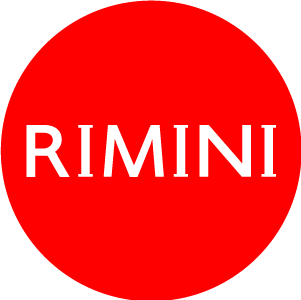Who has not heard of piada? It is the most traditional speciality of Romagna.
This simple bread which is mixed on a board and then cooked on a flat pan has, over time, become Romagna's regional staple - as the poet Giovanni Pascoli described it - the very emblem of Romagna, its flag. Piadina, Pida, Pieda, Pida, Pie': all these words derive from "pie'" or "pies", which in the regional dialect mean "to harden" and refer to the hardening of the piada as it is cooked. As there are many names for this rustic bread which is usually cooked on a flat, fire resistant, terra cotta pan known as "testo" (from the Latin testa, coccio), there are also many recipes for preparing the variations of this bread.
Fragrant and authentic, this speciality is universally appreciated and seduces not only the palates of the entire Italian nation, but a significant portion of the foreign visitors who come to this region.
The secret of all this success is almost certainly due to the simplicity of piada, made of flour, water and salt. While in the areas around Rimini the so-called "arzdore" (housewives) usually roll out their piada to be quite thin, around Forli' and Ravenna and even in the area of Bologna it is made to be thicker.
The so-called purists, or those who prefer the flavour of the original recipe, choose the simple version of piadina. Those who prefer a more elaborate version of it, may add baking soda, milk or a bit of honey to the dough, thus obtaining an equally interesting and tasty alternative.
Rimini's chiosks and little shops where piada is sold are ideal for the hungry traveller on their way through town but, for those in search of a charming spot where one can sit and enjoy a well-made piadina, it is worth the effort to stop in some of the places where this unique bread reigns supreme.
Piada has now even gained P.G.I. or Protected Geographical Indication recognition thanks to (EC) Regulation no. 510/2006 that, under Article 2 of the production regulations, states: “Piadina Romagnola is a typical local product made using type “00” or type “0” wheat flour with the addition of water, fats, salt and other optional ingredients. It is prepared by mixing together the above ingredients to obtain a uniform pastry…”


